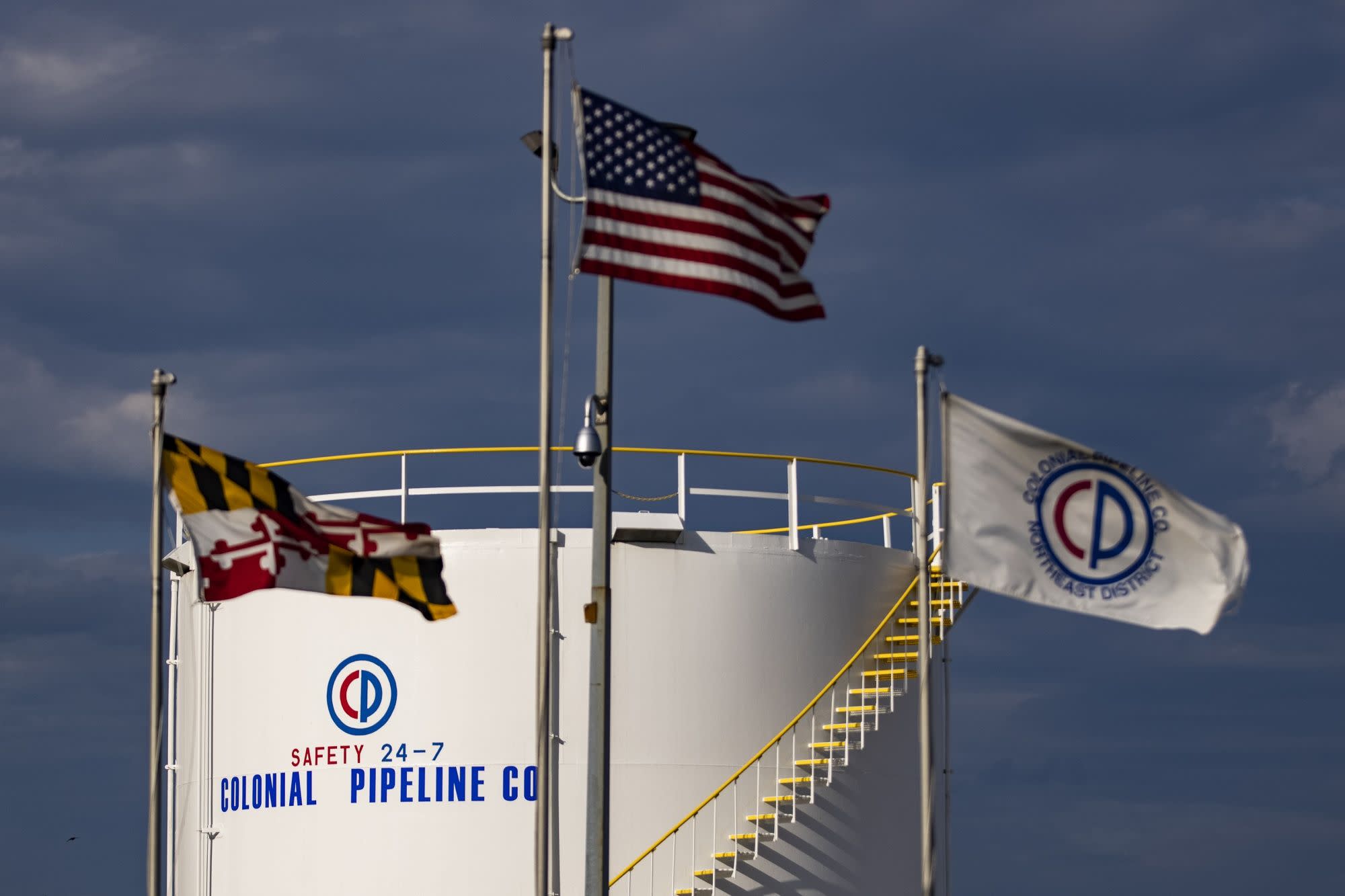Oil Extends Gain With U.S. Crude Supply Falling for Second Week

(Bloomberg) — Oil advanced as a second straight weekly decline in U.S. crude inventories bolstered the outlook that the world has drained a record supply glut built up last year.
Futures in New York rose as much as 2.1% on Wednesday, while global benchmark Brent crude neared $70 a barrel. A U.S. government report showed domestic crude inventories fell to the lowest since late February last week. Meanwhile, gasoline supplies rose by 378,000 barrels, the Energy Information Administration report showed.
Declining crude stockpiles in the U.S. support the International Energy Agency’s view that the world has largely worked off the surplus it accumulated when the pandemic devastated demand. While the agency cut its oil consumption forecasts in a monthly report, it said the glut is now just a small fraction of levels seen at the depths of the coronavirus fallout last year.
“Inventories are still trending in the right direction,” said Quinn Kiley, a portfolio manager at Tortoise, a firm that manages roughly $8 billion in energy-related assets. “The economy globally is reopening and that should continue, so we should see continuing draws.”
The weekly storage report shows domestic supply levels ahead of the cyberattack that halted the largest U.S. oil-products pipeline system. Panic-buying spurred by the ongoing outage of the Colonial Pipeline has pushed retail gasoline prices above $3 a gallon for the first time in more than six years, before the upcoming summer travel season unleashes a wave of pent-up demand from over a year of mobility restrictions.
Still, the impact of the shutdown on headline crude prices is muted for now. The market remains buoyed by prospects for recovering energy demand around the world and broader bets on global inflation. U.S. consumer prices rose by 0.8% last month, exceeding forecasts, official figures showed Wednesday.
“The outlook for demand remains fragile,” Toril Bosoni, head of the IEA’s oil markets and industry division, said in a Bloomberg television interview. But the agency is “expecting a very strong recovery in demand growth in the second half of the year.”
The EIA report showed crude exports falling by the most on record to the lowest since 2018. While the figure jumped above 4 million barrels a day the previous week, it has struggled to consistently top 3 million barrels a day for several months.
The report also points to the state of gasoline inventories on the U.S. East Coast before Colonial was idled. Stockpiles of the fuel in the Central Atlantic fell 1.15 million barrels last week, though they remained near the region’s five-year average, providing some cushion to last through the pipeline outage. But in the Lower Atlantic, which is the most reliant on the pipeline, gasoline inventories were at their lowest since 2016 for this time of year, even with a 815,000-barrel build last week.
Even if Colonial does manage to restart on Wednesday, it’ll take days to fully restore shipments, according to U.S. Energy Secretary Jennifer Granholm. As part of the administration’s effort to ease the growing burden on consumers, regulators have taken a first step toward waiving rules that bar foreign ships from hauling products from one U.S. port to another.
For more articles like this, please visit us at bloomberg.com
Subscribe now to stay ahead with the most trusted business news source.
©2021 Bloomberg L.P.




